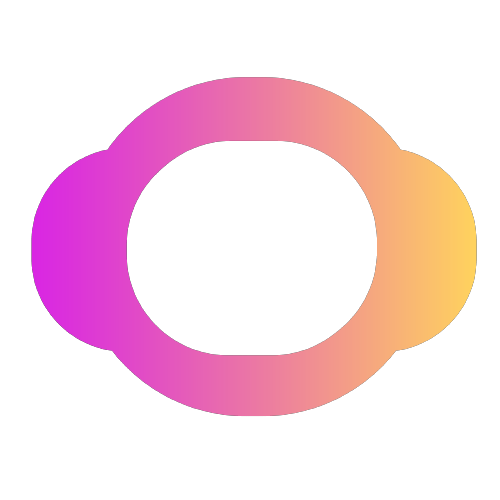










AI writing tool
Figma
Remote element belonging to session with specific element attributes.
Tag:AI writing tool










Remote element belonging to session with specific element attributes.
Tag:AI writing toolFigma is a powerful design and collaboration tool that allows teams to work together in real-time, creating a seamless and efficient workflow. With Figma, designers can easily design, align, and build their projects, with features and advantages that make it a popular choice for professionals in various industries.$#$#One of the main functions of Figma is its design platform, which allows designers to create and prototype designs in one place. With its intuitive interface and powerful design tools, designers can bring their ideas to life and create stunning visuals. They can also create realistic prototypes, allowing for quick iteration and testing of interactive experiences.$#$#Figma also offers a feature called Dev Mode, which brings design and development closer together. This space in Figma allows developers to have clarity on designs and provides them with the tools they need to translate designs into code.$#$#Another advantage of using Figma is its ability to scale design and development with design systems. Design systems in Figma allow designers to save time and keep things consistent by using reusable assets in shared libraries. They can standardize components and variables, making it easier to explore different design options and reducing repetitive tasks.$#$#With FigJam, Figma’s online whiteboard, teams can collaborate and align on their projects. FigJam can be used for various purposes, from kickoffs and stand-ups to rituals and retrospectives, bringing the team together in new ways.$#$#Figma is used by a wide range of professionals, including designers, engineers, and product managers. It is suitable for both small teams and large enterprises, as well as educational institutions.$#$#To support users, Figma provides a variety of resources, including plugins, UI kits, icons, templates, and developer documentation. Users can also learn best practices through webinars, reports, and insights.$#$#Overall, Figma offers a comprehensive solution for design, prototyping, and collaboration, making it an essential tool for any design team. It empowers designers to create, aligns teams, and streamlines the design and development process.

